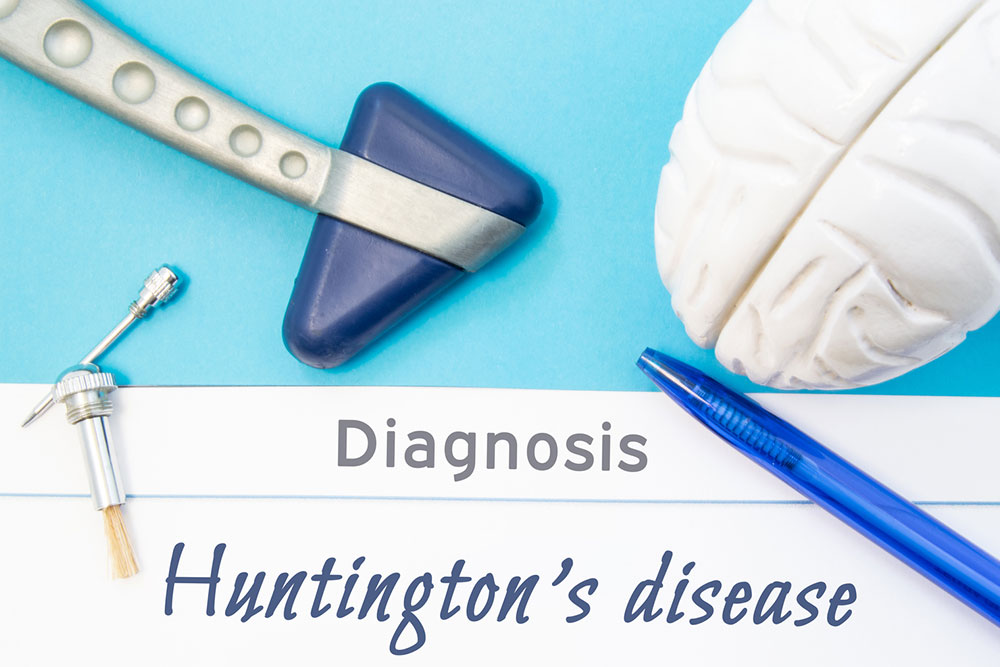Understanding the Early Signs and Progression of Huntington’s Disease
Huntington’s Disease is a hereditary neurodegenerative disorder characterized by progressive motor, cognitive, and emotional symptoms. Early detection and understanding of its three stages—early, moderate, and advanced—are crucial for effective management. This extensive guide details initial signs, progression patterns, and care strategies to improve quality of life for patients and support caregivers in navigating this challenging condition.

Early Symptoms and Disease Stages of Huntington’s Disease
Huntington’s Disease (HD) is a hereditary neurodegenerative disorder characterized by the gradual breakdown of nerve cells in the brain. This condition affects multiple aspects of an individual's life, including movement, cognition, and emotional stability, often leading to severe disabilities over time. As a progressive disorder, HD is currently incurable, but early recognition of its signs can significantly improve management and quality of life for patients. The disease manifests through various physical, mental, and emotional symptoms that worsen as the condition advances.
Globally, Huntington’s Disease affects approximately 1 in 10,000 people, with a higher prevalence in certain populations. The typical age of onset is between 30 and 40 years old, although symptoms can sometimes appear earlier or later. Early diagnosis plays a critical role in managing the disease, enabling patients and caregivers to plan appropriately and consider treatment options that can mitigate some symptoms. Recognizing the initial signs is vital for timely intervention, potentially delaying progression or improving life quality.
Hd’s symptoms encompass a broad spectrum, including subtle motor abnormalities like clumsiness, involuntary movements such as jerks or twitching, difficulties with coordination, and speech problems. Cognitive issues, like memory lapses and problems with concentration, often accompany emotional disturbances, including depression, mood swings, irritability, and emotional flatness. Psychiatric manifestations are common and can include obsessive-compulsive behaviors, bipolar disorder, or other mood disorders. Many patients also experience abnormal eye movements, sleep disturbances such as insomnia, and even thoughts of death or suicide, highlighting the mental health challenges associated with HD.
The genetic foundation of Huntington’s Disease involves a mutation in the HTT gene, located on chromosome 4. This gene mutation involves an abnormal repetition of a DNA segment called CAG repeats. When the number of repeats exceeds a certain threshold, it leads to the production of a defective protein that damages nerve cells. HD is inherited in an autosomal dominant pattern, meaning if one parent carries the defective gene, there’s a 50% chance of passing it to offspring. This hereditary aspect underscores the importance of genetic counseling for affected families.
The Stages of Huntington’s Disease
Huntington’s Disease progresses through three distinct stages, each characterized by worsening symptoms and increasing dependency on caregivers. Understanding these stages helps in planning appropriate interventions and support systems.
Stage 1: Early or Mild Stage
This initial phase may last several years and is often marked by subtle motor signs like slight clumsiness, mild involuntary movements, and speech difficulties. Patients might notice mood fluctuations, irritability, and some behavioral changes. Cognitive impairments are usually minimal but can include challenges with concentration. At this stage, individuals are often still able to perform most daily activities independently but may require assistance with complex tasks. Early interventions, including physical therapy, occupational therapy, and counseling, can help manage symptoms and improve quality of life. Safety precautions might be necessary due to coordination issues, and individuals might need to limit certain activities to prevent falls or injuries.
Stage 2: Moderate Stage
As the disease advances, symptoms become more pronounced. Movement difficulties intensify, with noticeable involuntary movements—chorea—that affect walking, balance, and coordination. Speech becomes increasingly impaired, and swallowing problems may emerge, leading to a higher risk of choking and nutritional deficiencies. Cognitive functions deteriorate further, affecting planning, problem-solving, and memory. Daily activities such as dressing, grooming, and cooking become more challenging, requiring increased assistance. This stage often involves ongoing medical care, including speech therapy, nutritional support, and physical therapy to help manage symptoms and prevent complications. Patients may need assistive devices to aid mobility and communication aids to support speech.
Stage 3: Advanced or Severe Stage
In the final phase of Huntington’s Disease, individuals are typically fully dependent on caregivers for daily needs. Walking and speaking are usually impossible, though some patients retain awareness of their environment. Severe motor impairments lead to complete loss of voluntary movements. Due to the immune system's vulnerability and risks such as aspiration pneumonia, care in a hospital or specialized care facility is often required. The risk of choking increases significantly as swallowing becomes completely impaired. Emotional and cognitive responses may diminish, but some patients may still experience awareness of their surroundings. This stage also carries a high risk of complications, including infections, respiratory issues, and other life-threatening conditions. End-of-life care focuses on comfort and quality of life, with palliative support vital for patient well-being.
Recognizing these stages and the progression pattern of Huntington’s Disease enables families, healthcare providers, and patients to prepare adequately, adapt their living arrangements, and seek appropriate medical and psychological support. Ongoing research is aiming to find better treatments and ultimately a cure, but current management remains centered on symptom relief, supportive care, and improving quality of life.





